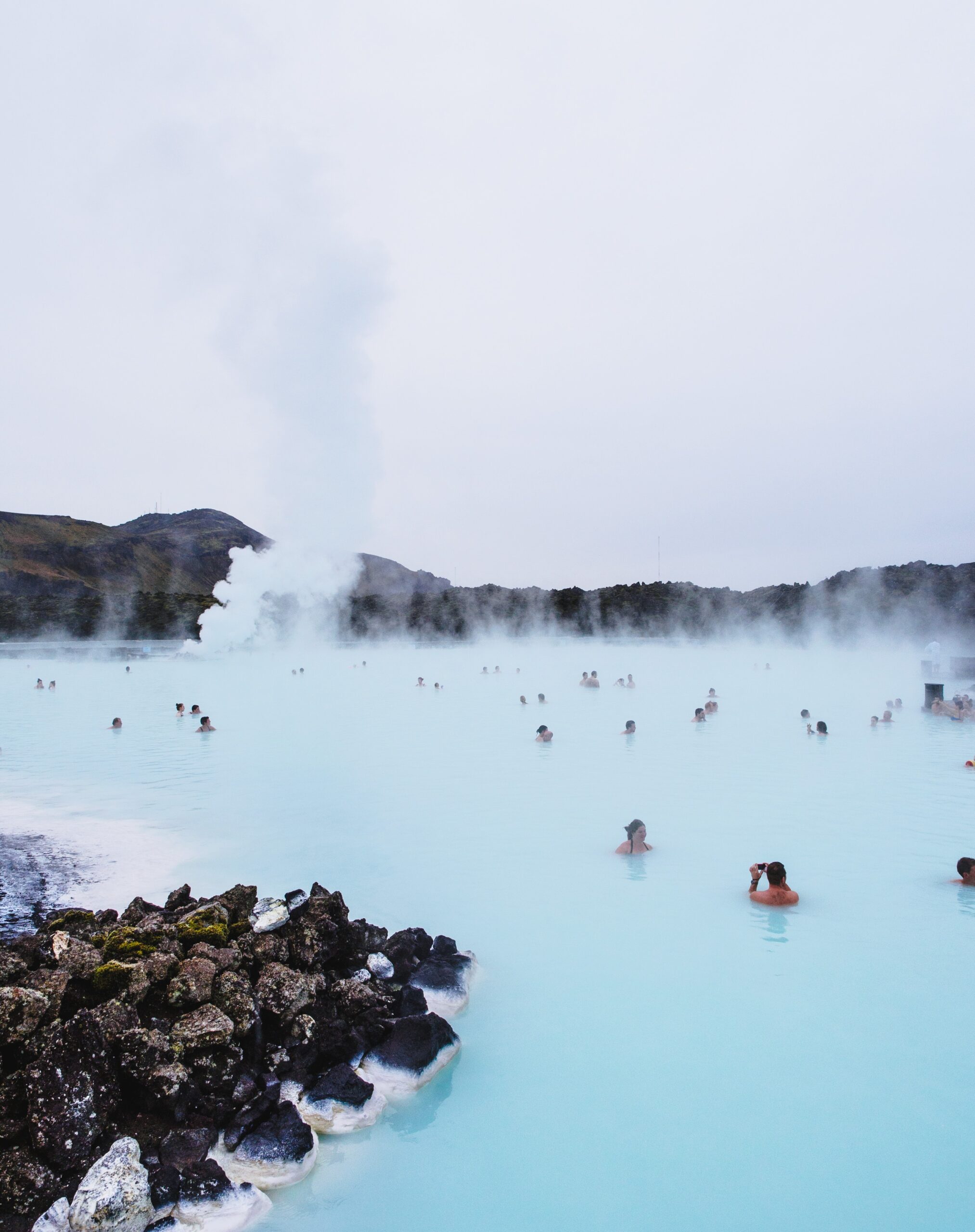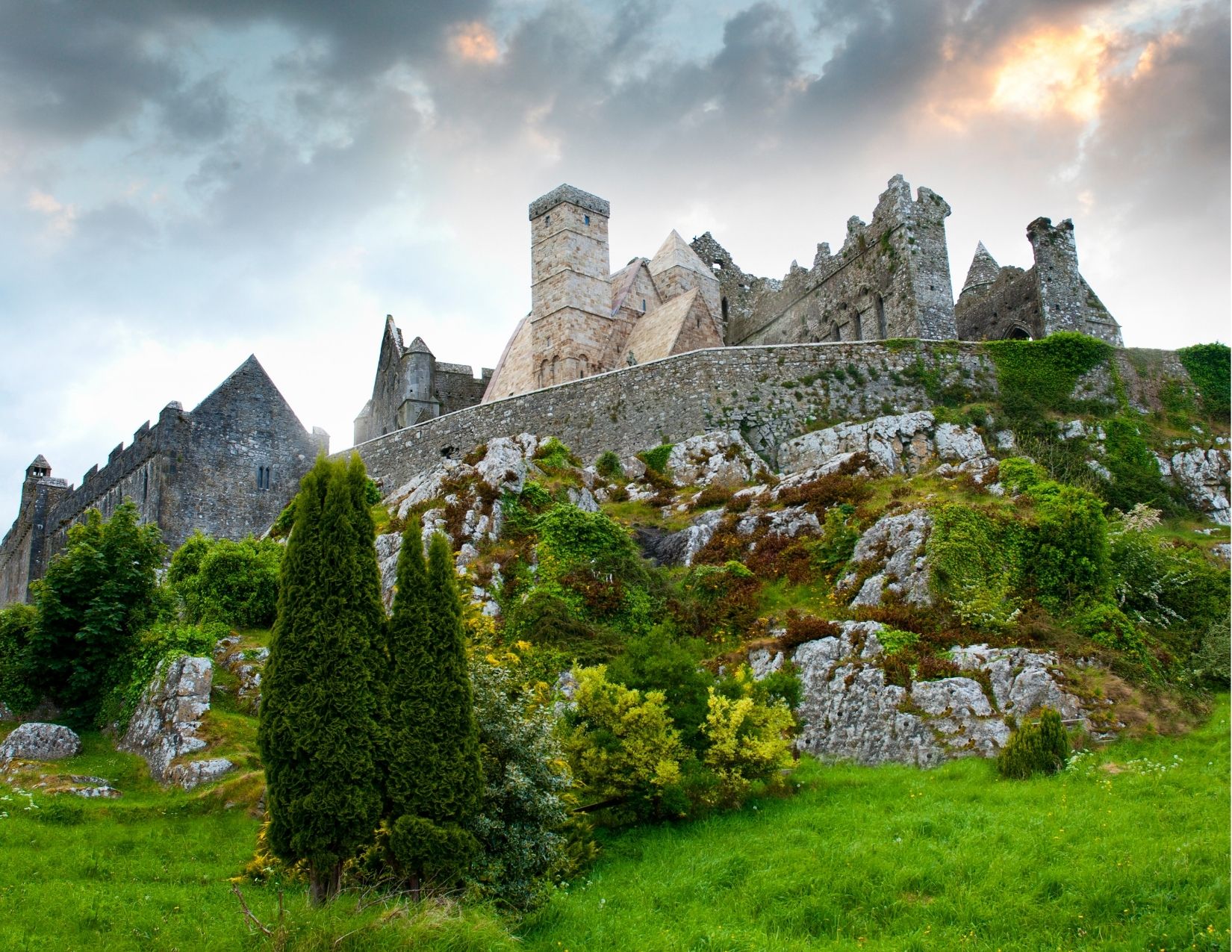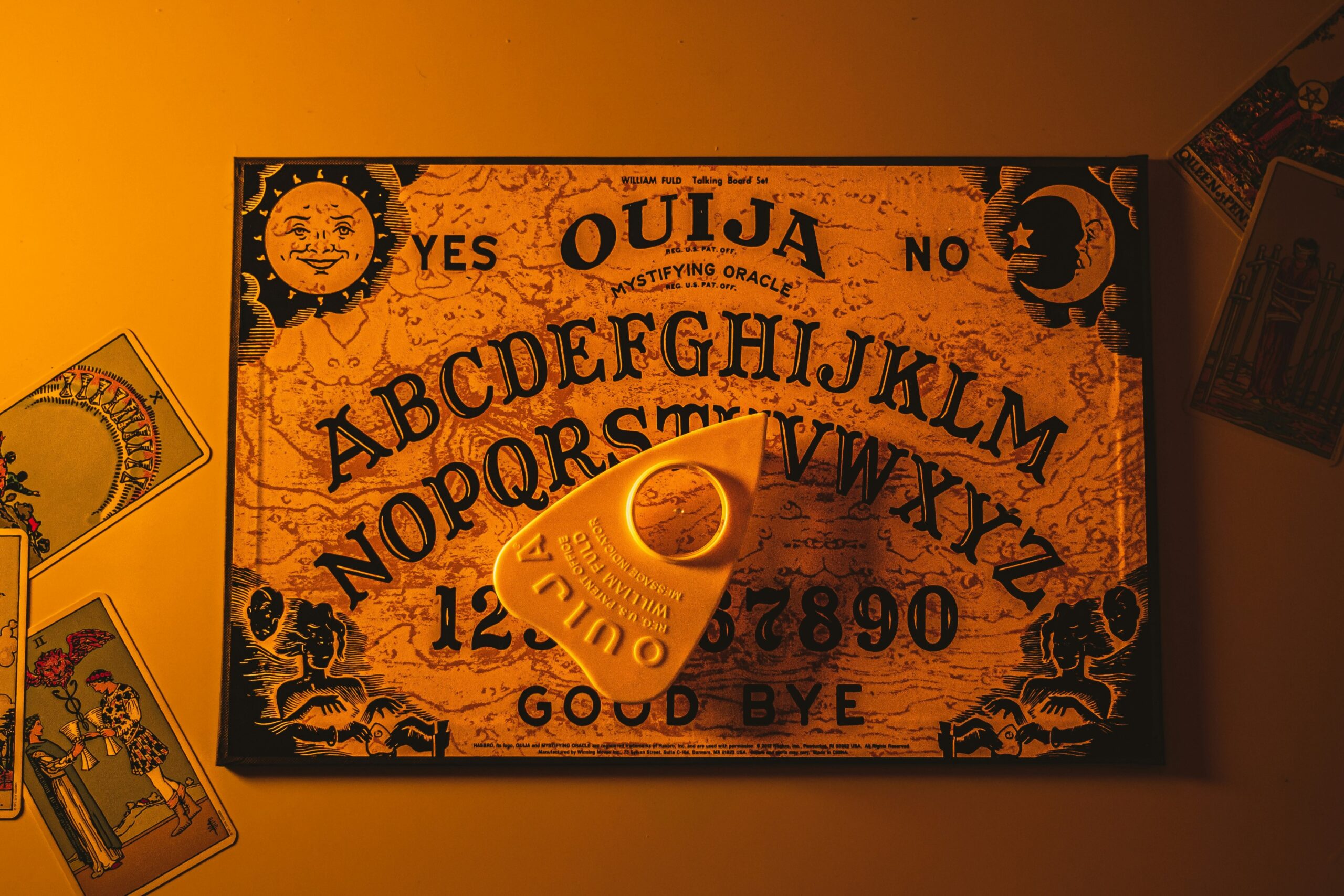Traveling Through Terror: 7 Cinematic & Literary Haunted Horror Sites to Explore
October 23, 2025
There’s a special kind of thrill in standing at the threshold of a place you’ve only read about in novels or seen flicker across the big screen. These aren’t just landmarks—they’re portals. You arrive as a tourist, but you leave feeling like a character who has wandered onto the set of your favorite story, caught somewhere between imagination and reality.
For travelers who crave a little darkness with their discovery, cinematic haunted sites are irresistible. They deliver goosebumps, yes—but also history, architecture, and culture layered with the weight of legend. Even if the locations themselves aren’t truly haunted, they’re etched in our collective psyche as the backdrop to the movies and novels that first opened our minds to the shadows.
If you’re ready to embrace the eerie and explore the extraordinary, here are seven destinations that blur the line between horror and history—perfect for your next spine-tingling adventure.
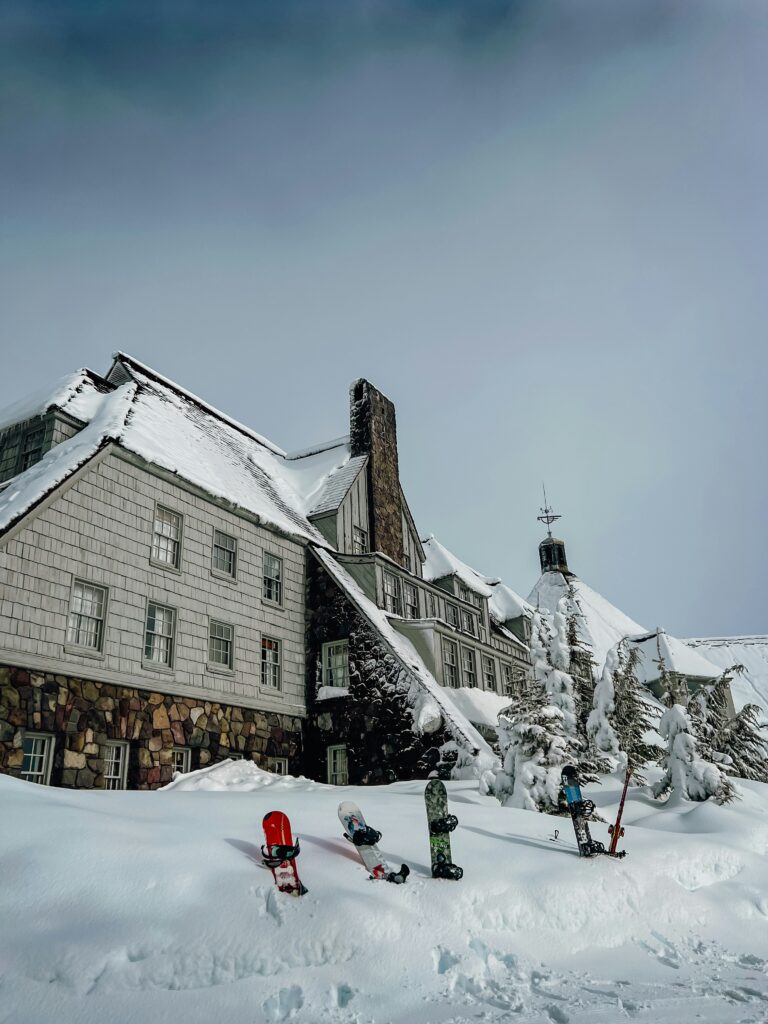
Timberline Lodge – Mount Hood, Oregon
Famous For: The Shining (1980)
When you think of The Shining, your mind may jump to the endless hallways, the typewriter with its haunting refrain, or Jack Nicholson’s infamous “Here’s Johnny!” But before all of that, there’s the opening shot—a car snaking its way along a winding mountain road. That road is real, and it leads to Timberline Lodge, perched high on Oregon’s Mount Hood.
While many assume the Stanley Hotel in Colorado is the filming site, it was actually Timberline Lodge that director Stanley Kubrick chose for the Overlook Hotel’s exteriors. The Stanley inspired Stephen King’s novel, but Kubrick wanted a backdrop that felt more remote, more menacing. He found it here.
Today, visitors come from around the world to ski, snowboard, or hike Mount Hood’s slopes. But horror fans? They come for the thrill of recognition. To drive that same mountain road is to feel the pulse of dread that Kubrick immortalized. To stand before the lodge itself is to stand at the doorway of cinematic terror. It’s eerie, exhilarating, and unforgettable—especially when you imagine what might be waiting inside.
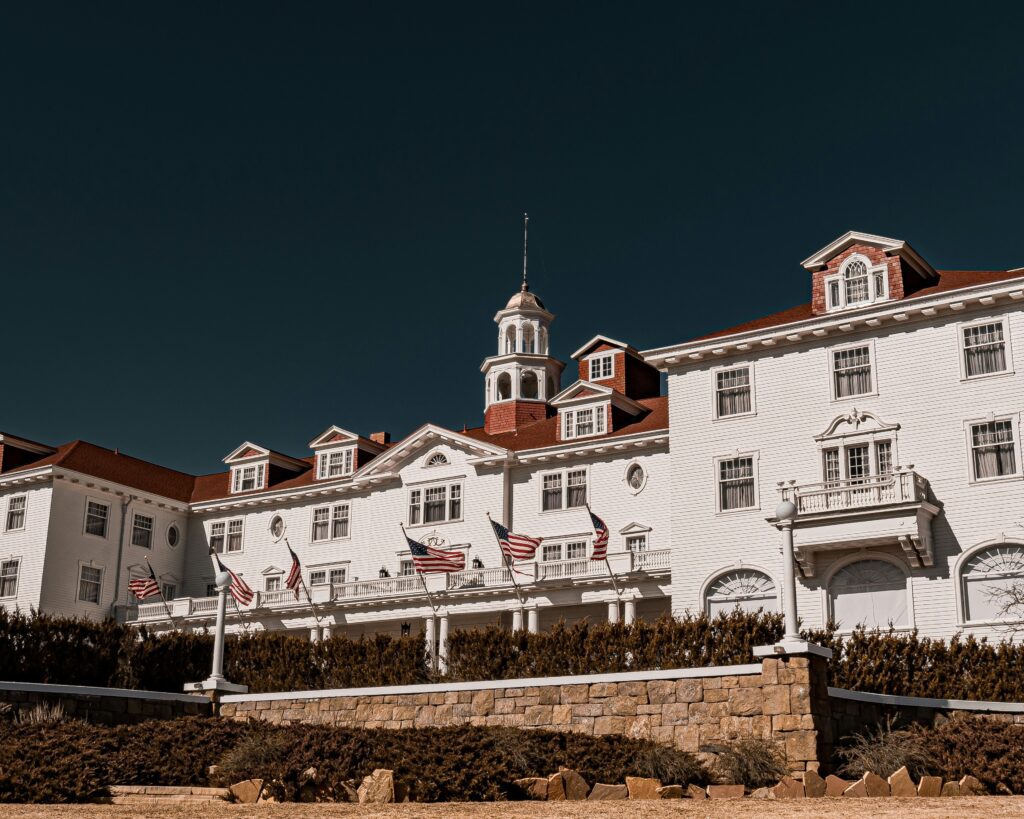
The Stanley Hotel – Estes Park, Colorado
Famous For: Inspiration for The Shining (1980)
Of course, the Stanley Hotel deserves its own spotlight. Built in 1909 in the elegant Colonial Revival style, the Stanley is grand, luxurious, and beautifully set against the Rockies. But beneath its polished exterior hums an undercurrent of mystery.
This is where Stephen King stayed when he conjured the Overlook Hotel. He and his wife checked in near the end of tourist season, when the grand halls were eerily empty. Wandering its quiet corridors, King imagined what might happen if a family were trapped here for winter. By morning, the seeds of The Shining had taken root.
Visitors today can choose their adventure: ghost tours, late-night investigations, or simple luxury stays with fine dining, spa indulgences, and views of Lake Estes. The Stanley walks the line between haunted legend and indulgent escape. If you’re lucky—or unlucky—you might just catch a flicker of something in the corner of your eye.
Pro Tip: grab a drink in the Whiskey Bar at Cascades restaurant and head out to the grand porch for the most amazing view of Long’s Peak!
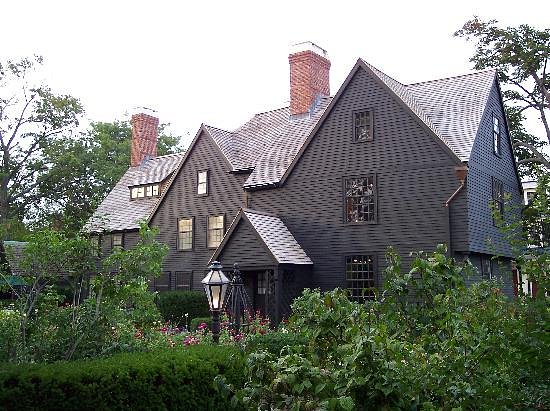
Photo courtesy of Trip Advisor
The House of the Seven Gables – Salem, Massachusetts
Famous For: Nathaniel Hawthorne’s The House of the Seven Gables (1851)
Salem is already synonymous with shadows, its reputation shaped by the tragic witch trials of the 1690s. But beyond the courtroom stories lies another kind of haunting—literary, architectural, and cultural. The House of the Seven Gables embodies it all.
This striking, nearly all-black structure with its sharply angled rooflines inspired Nathaniel Hawthorne’s novel of the same name. Though the book is, at its heart, a love story, its themes of wrongful accusation and inherited guilt echo the specter of the witch trials. The house itself, with its gothic silhouette and foreboding gables (seven in total), feels like a character torn from the pages of history.
Step inside, and you’re immersed in 17th-century architecture and Hawthorne’s enduring legacy. Every beam, every gable, every shadowed corner seems to whisper of Salem’s past. For lovers of literature and lore, it’s a pilgrimage—one that binds romance, tragedy, and the supernatural into a single visit.
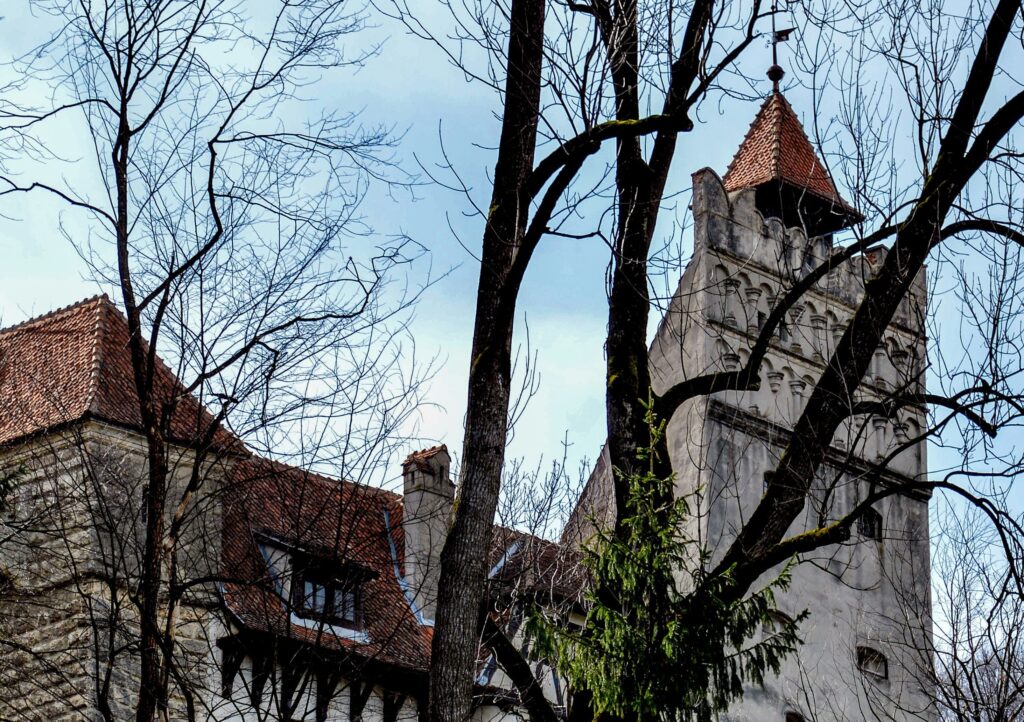
Bran Castle – Bran, Romania
Famous For: Bram Stoker’s Dracula (1897)
Few characters loom as large in gothic horror as Count Dracula. And while Bram Stoker never confirmed Bran Castle as his inspiration, the world has embraced it as the vampire’s eternal home.
Rising dramatically from the cliffs of central Romania, Bran Castle is a fortress of stone, turrets, and shadowy corridors. From the outside, it’s pure storybook gothic. Inside, it houses a fascinating collection of Romanian art and history. It is, in every sense, a castle with layers—part museum, part myth, part manifestation of our darkest imaginations.
Walking through its cold, echoing halls, you may feel a prickle along your skin. Was it a draft? Or something unseen? Visitors leave with photos and memories, but also with a lingering sense that Count Dracula could still be watching, waiting for dusk to fall.
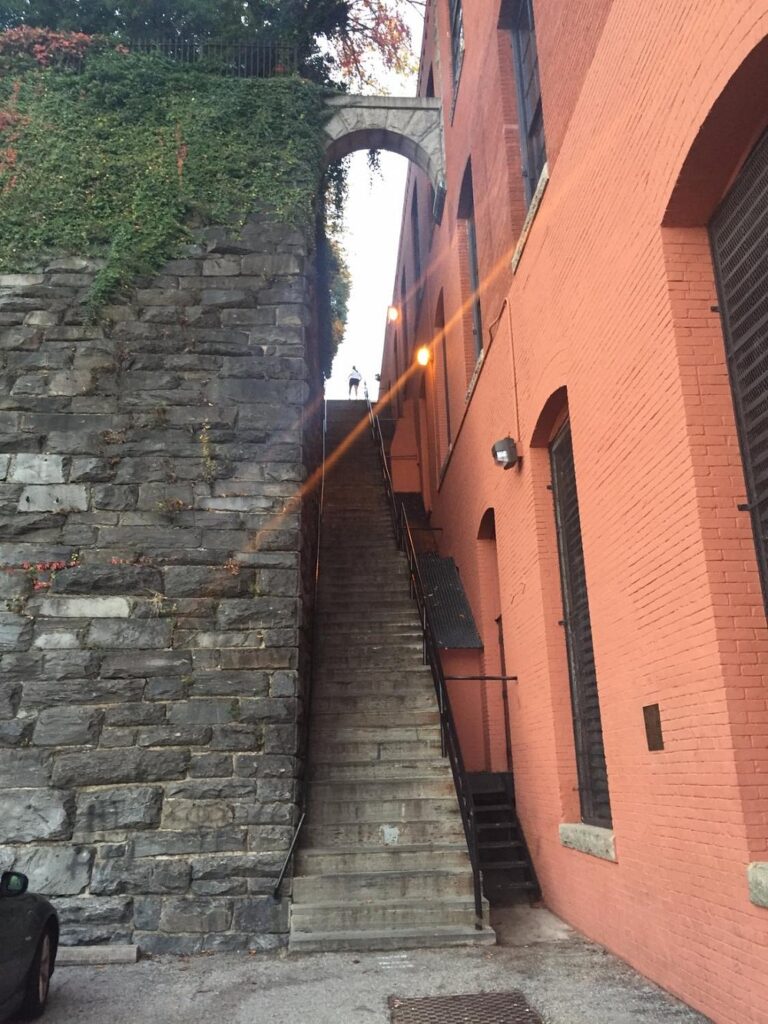
Photo courtesy of Trip Advisor
The Exorcist Steps – Georgetown, Washington, D.C.
Famous For: The Exorcist (1973)
Sometimes the scariest cinematic sites aren’t castles or hotels, but ordinary places made unforgettable by what unfolded there. The Exorcist Steps in Georgetown are a perfect example.
At first glance, they’re just a narrow, steep set of stairs tucked away between Prospect Street and 36th. But to horror fans, they’re legendary—the site of Father Karras’s climactic fall in The Exorcist, one of cinema’s most terrifying films.
Standing at the base of the steps, you can almost hear the echoes of the battle between good and evil. And if you walk a block farther, you’ll find the house used for the film’s exterior shots, unassuming yet forever etched into horror history. It’s proof that terror doesn’t require the supernatural—it just needs the ordinary to take a sinister turn.
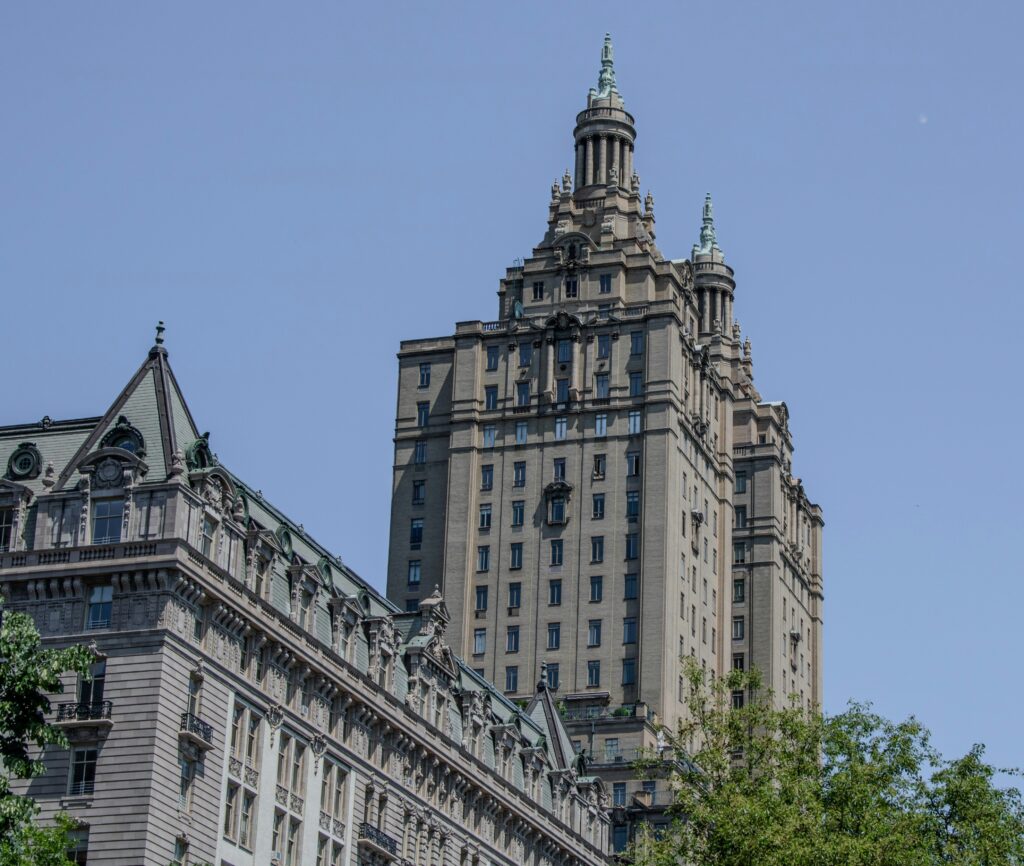
The Dakota – Manhattan, New York
Famous For: Rosemary’s Baby (1968)
At the edge of Central Park rises The Dakota, one of Manhattan’s most iconic apartment buildings. Its ornate façade, with gables and turrets, gives it the feel of a castle plucked from another time. On screen, it became the central location for Roman Polanski’s Rosemary’s Baby, the tale of a young woman entangled in a chilling web of paranoia and the occult.
But the Dakota’s real-life history is just as haunting. It was here, in 1980, that John Lennon was murdered outside its gates. Residents and visitors alike whisper of ghosts wandering the halls—including a young girl in white, bouncing a red ball. Some say she’s friendly, but the building’s reputation as both a cultural landmark and a site of lingering spirits is undeniable.
To stand before the Dakota is to feel a dual weight: cinematic infamy and real-world tragedy. It’s haunting in every sense of the word.
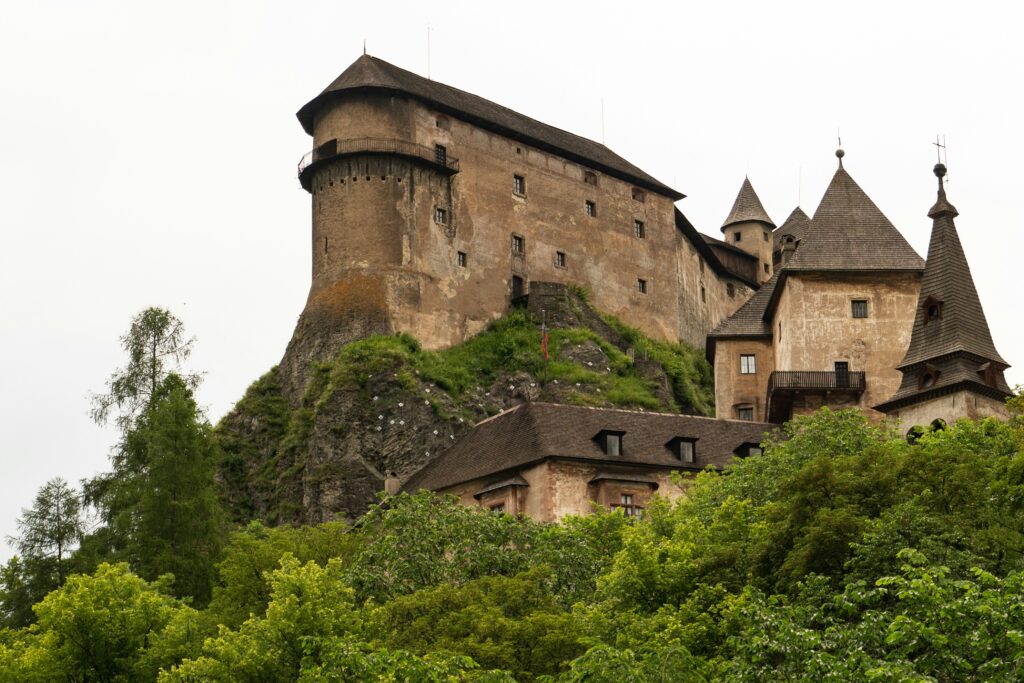
Orava Castle – Oravský Podzámok, Slovakia
Famous For: Nosferatu (1922)
Before Hollywood perfected the genre, there was Nosferatu—a German silent film that gave the world its first vampire on screen. The film’s settings were stark and unsettling, none more so than Orava Castle in Slovakia.
Perched high on a cliff above the Orava River, this 13th-century fortress was the perfect stand-in for Count Orlok’s lair. Its looming walls, dark passageways, and medieval architecture embody the essence of gothic horror.
Touring Orava Castle today feels like stepping back a century, not only into history but into cinema itself. The stone halls still hum with the shadows of a film that changed horror forever. It’s as though every corridor carries a flicker of the past, projected in black and white.
Why Haunted Travel Captivates Us
Cinematic haunted sites blur the line between fear and fascination. They’re not just destinations—they’re experiences. Each one offers a chance to stand inside a story, to feel the pulse of history and fiction intertwining.
For travelers who crave meaning alongside adventure, these places deliver on both. They combine the thrill of cinematic recognition with cultural depth: art museums in Dracula’s castle, literary legacies in Salem, luxury hotels shadowed by ghost stories. They prove that “haunted” doesn’t have to mean gloomy—it can mean unforgettable.
Ready to Plan Your Spooky Escape?
Whether your haunted travel dream leans toward sipping wine after a ghost tour in Salem, exploring the Romanian countryside from Bran Castle, or pairing a luxury Rocky Mountain escape with whispers of The Shining, it all begins with smart planning.
That’s where I come in. There’s a better way to design your next adventure—without the overwhelm of piecing it together alone.
📘 Download the Ultimate Trip Planning Timeline and see exactly how I take you from spark to suitcase, stress-free.
Because travel isn’t just about where you go—it’s about how deeply you feel it. And sometimes, the most meaningful journeys are the ones that make your heart race as much as they make it soar.
ready for your next getaway?
Let’S start planning together!
Ready to start making that trip you are dreaming of a reality?
Schedule your complimentary consultation and let's get started!
